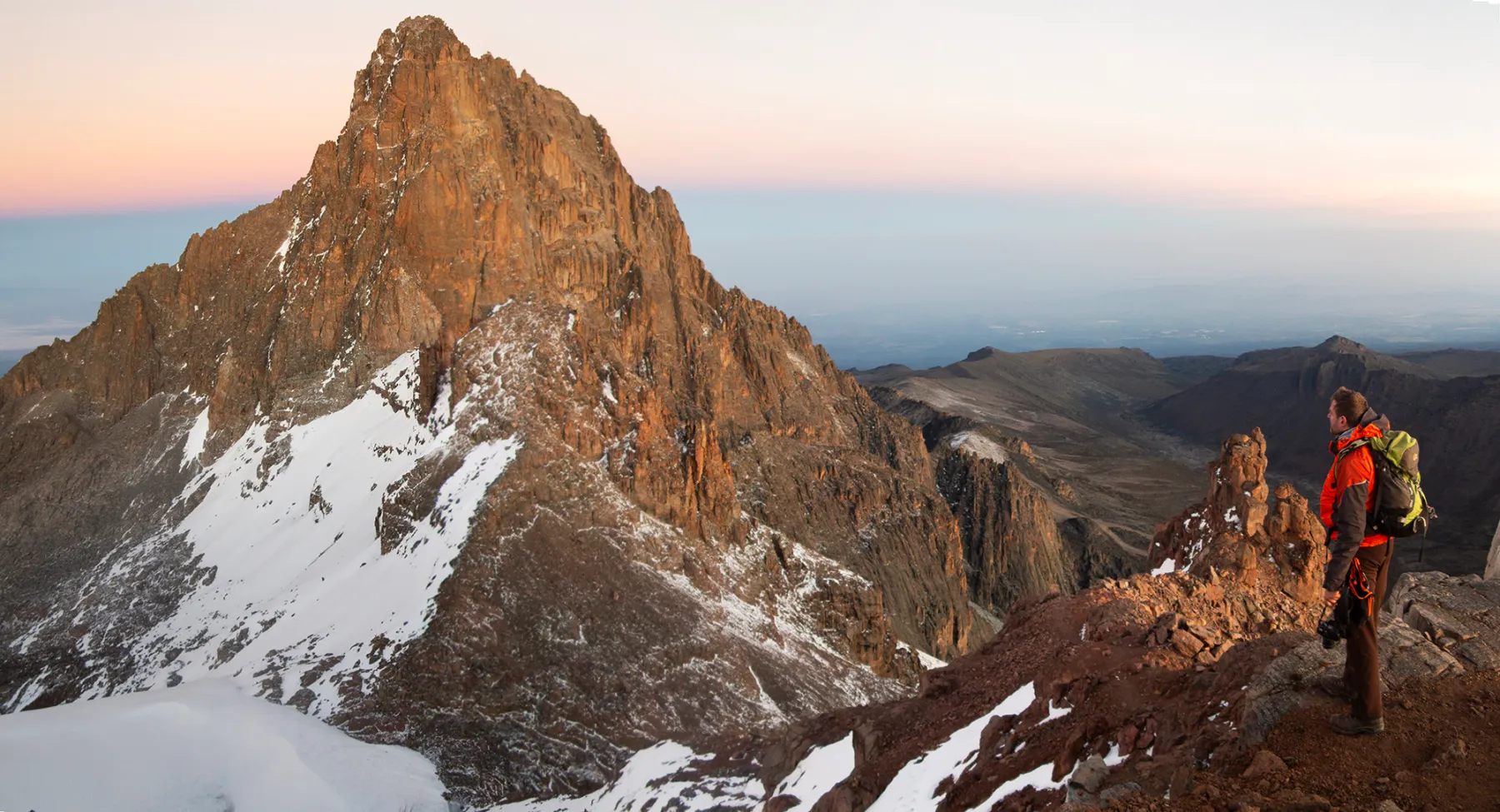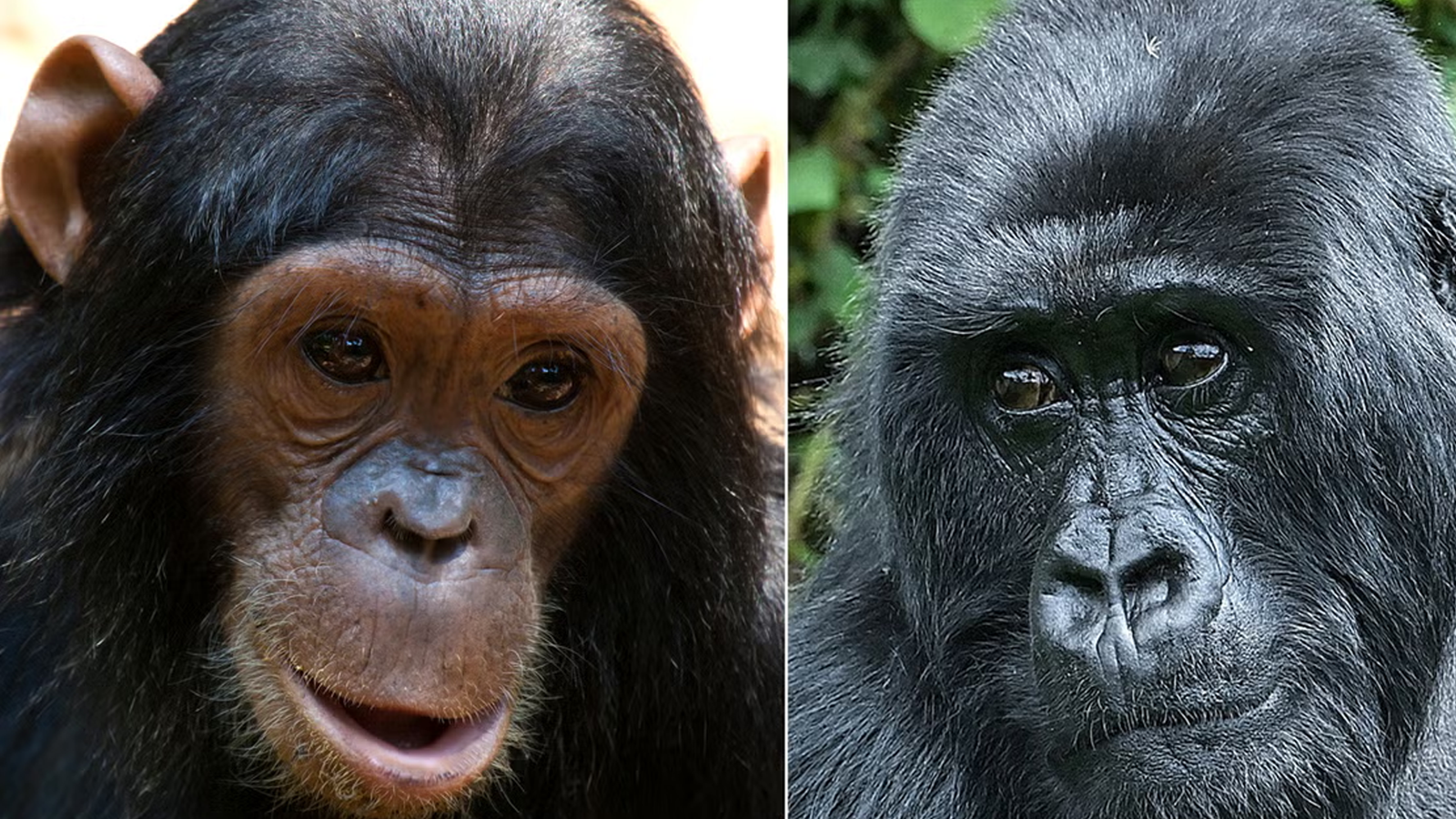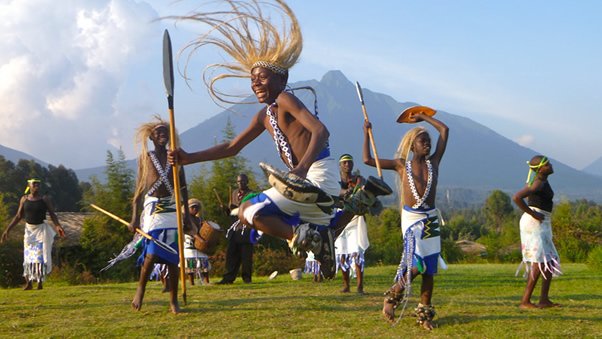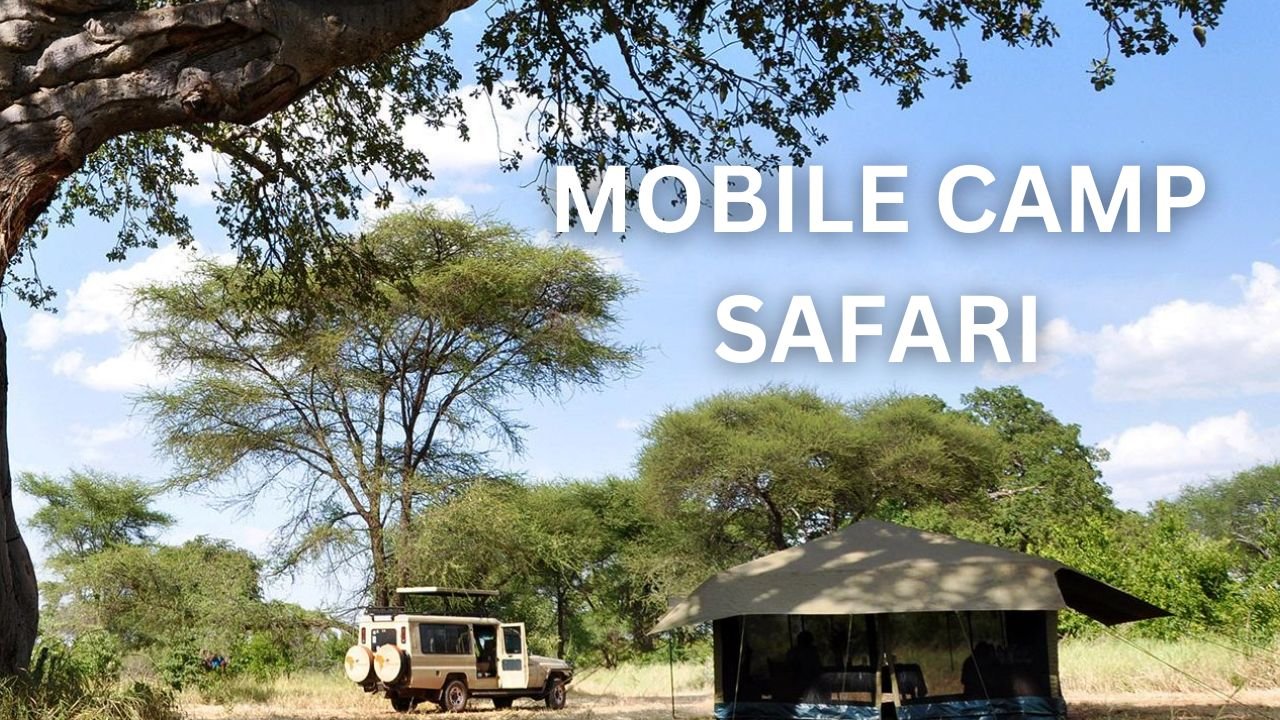The Second Highest Mountain in Africa: Mount Kenya
Africa’s second highest peak, Mount Kenya, is often overshadowed by its more famous counterpart, Mount Kilimanjaro, but it is an equally remarkable mountain with its own unique charm and challenges.
Standing at 5,199 meters (17,057 feet), Mount Kenya is a stunning and rugged massif that offers breathtaking views, diverse ecosystems, and a challenging yet rewarding trek for those who are up for the adventure.
Mount Kenya

Located in central Kenya, Mount Kenya is the highest mountain in the country and the second tallest in Africa. It is a dormant stratovolcano that was formed millions of years ago and is a UNESCO World Heritage site. Mount Kenya’s peak is divided into several summits, with Batian (5,199 meters) being the highest, followed by Nelion (5,188 meters), and Lenana Point (4,985 meters), the most popular summit for trekkers.
The mountain’s dramatic slopes and volcanic rock formations give it a striking appearance, and its glaciers, alpine meadows, and forests add to its allure.
Why Mount Kenya is Special
Mount Kenya offers a unique experience for hikers and climbers, combining natural beauty with a sense of adventure. Here are a few reasons why this mountain stands out:
1. Rugged Beauty and Alpine Scenery
Unlike Kilimanjaro’s smooth slopes, Mount Kenya’s landscape is rugged and varied. Trekkers are treated to beautiful alpine meadows, dense forests, alpine deserts, and glaciers. The glaciers around Batian and Nelion are a reminder of the mountain’s volcanic past, while the flora and fauna add another layer of diversity. From lush bamboo forests to alpine wildflowers, the ecosystems change with altitude, offering trekkers a dynamic and ever-changing landscape.
2. Challenging Climbs and Technical Routes
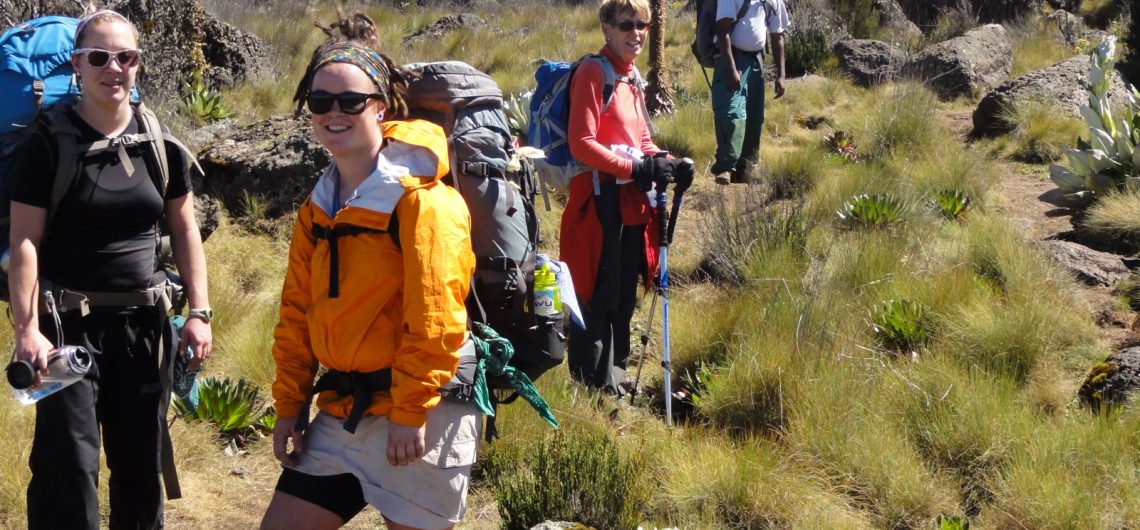
While Mount Kenya is accessible to trekkers, it also offers more technical climbing routes for seasoned mountaineers. Reaching Batian or Nelion requires serious rock climbing skills, and these routes are known for being challenging and demanding. Lenana Point, however, is more accessible, and many trekkers aim for this summit as it requires no technical climbing.
3. Rich Biodiversity
Mount Kenya is home to a rich array of wildlife, including elephants, buffalo, and various species of antelope. It’s also known for its birdlife, with over 130 species recorded on the mountain. The mountain’s varied habitats—from rainforests at the base to alpine moors at higher altitudes—provide a haven for diverse flora and fauna.
4. Cultural Significance
Mount Kenya is a sacred site for the Kikuyu people, who regard it as the dwelling place of their god, Ngai. The mountain’s significance in Kikuyu culture is deeply rooted, and many myths and traditions surround it. The Kikuyu also refer to the mountain as Kirinyaga, meaning “the place of brightness,” due to its snow-capped peak, which is visible from miles around.
Trekking Mount Kenya: What to Expect
Climbing Mount Kenya is a challenging yet rewarding experience, with several routes catering to different levels of trekkers. Here’s what you can expect on your journey:
1. Choosing a Route
Mount Kenya offers several trekking routes, each with different levels of difficulty:
- Chogoria Route: Known for being the most scenic and the most popular route for trekkers aiming for Lenana Point. It takes trekkers through forests, moorlands, and glaciers and offers stunning views of the mountain.
- Naro Moru Route: The most direct and shortest route to Lenana Point. It is more challenging due to the steeper ascent but is often favored by those looking to summit quickly.
- Sirimon Route: A quieter, more gradual route to Lenana Point. It’s less crowded than the Naro Moru or Chogoria routes and offers beautiful views of the mountain’s eastern side.
- Batian and Nelion Routes: For those looking to summit the highest points of the mountain, Batian and Nelion are technical climbs that require mountaineering skills and experience. These climbs are reserved for expert climbers.
2. Acclimatization
Due to its high altitude, Mount Kenya requires proper acclimatization to avoid altitude sickness. Most routes take 4 to 6 days to summit, allowing trekkers time to adjust to the altitude gradually. The higher you go, the thinner the air becomes, so taking it slow is crucial for success and safety.
3. The Summit: Lenana Point, Batian, and Nelion
For most trekkers, the final destination is Lenana Point, which offers spectacular panoramic views of the surrounding region and is a fantastic vantage point to witness the sunrise. The summit itself is often bathed in golden light, with views stretching across Mount Kilimanjaro and the surrounding plains. For climbers attempting the technical routes, the ascent to Batian or Nelion is a true mountaineering challenge that demands rock climbing and a high level of skill.
Best Time to Trek Mount Kenya

The best time to trek Mount Kenya is during the dry season, from December to March and July to October. These months offer clear skies and relatively dry conditions, ideal for trekking and climbing. However, the weather on the mountain can change quickly, and trekkers should always be prepared for rain, wind, and cold temperatures, even during the dry season.
The rainy season (March to May and November) can make the trails slippery and difficult, and snow and ice can become more prevalent at higher altitudes, so it is not recommended to climb during this time unless you are an experienced mountaineer.
The Challenges of Climbing Mount Kenya
While Mount Kenya offers a less technical alternative to Mount Kilimanjaro, it still presents its own set of challenges:
- Altitude sickness: At higher altitudes, the air gets thinner, which can lead to altitude sickness. It’s important to take your time, drink plenty of fluids, and rest when needed.
- Steep climbs: Some of the routes, particularly Naro Moru and the ascent to Lenana Point, involve steep climbs, especially in the final stretch to the summit.
- Weather conditions: Weather can change unexpectedly, so being prepared for cold temperatures, snow, rain, and wind is crucial.
Environmental and Conservation Efforts
Mount Kenya’s glaciers and alpine ecosystems are increasingly threatened by climate change. The glaciers are rapidly receding, and there’s concern about the impact of warming temperatures on the mountain’s fragile environment. Conservation efforts, including sustainable tourism practices and habitat protection, are essential to preserve the mountain’s unique biodiversity and natural beauty.
Final Thoughts: A Trek to Remember
Mount Kenya is an awe-inspiring and beautiful mountain that promises trekkers not only a physical challenge but also a journey through some of the most pristine and diverse landscapes in Africa. Whether you’re looking to summit Lenana Point or take on the technical challenge of Batian and Nelion, Mount Kenya offers a rewarding experience for all levels of adventure seekers.
Climbing this magnificent peak is an opportunity to immerse yourself in the wild beauty of Kenya, witness some of the world’s most stunning landscapes, and experience the thrill of reaching the second-highest summit in Africa.
